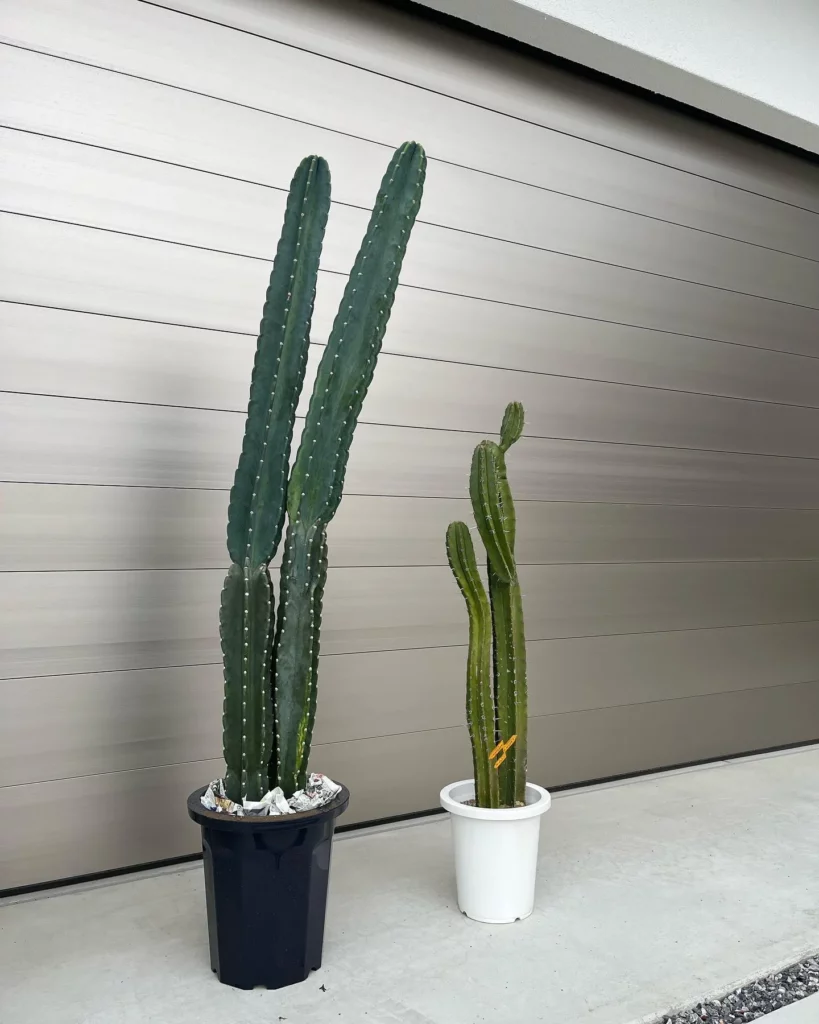Welcome to my Mescal Pelon Care Guide! If you’re a succulent enthusiast or just starting your plant journey, you’ll love the beauty and minimal care requirements of Mescal Pelon. This stunning succulent, also known as Agave pelona or the bald one, is native to Mexico and features a dense rosette of glossy green leaves, with a touch of red. It can grow up to 3 feet in diameter and produces a striking flower spike with deep reddish-purple bell-shaped flowers. In this guide, I’ll share everything you need to know to keep your Mescal Pelon thriving and flourishing.
Key Takeaways:
- Mescal Pelon is a stunning succulent native to Mexico.
- It forms a dense rosette of glossy green leaves, often tinged with red.
- This plant is hardy in USDA zones 9a to 11b and requires minimal care.
- Mescal Pelon is slow-growing and can live for many years with proper care.
Appearance of Mescal Pelon
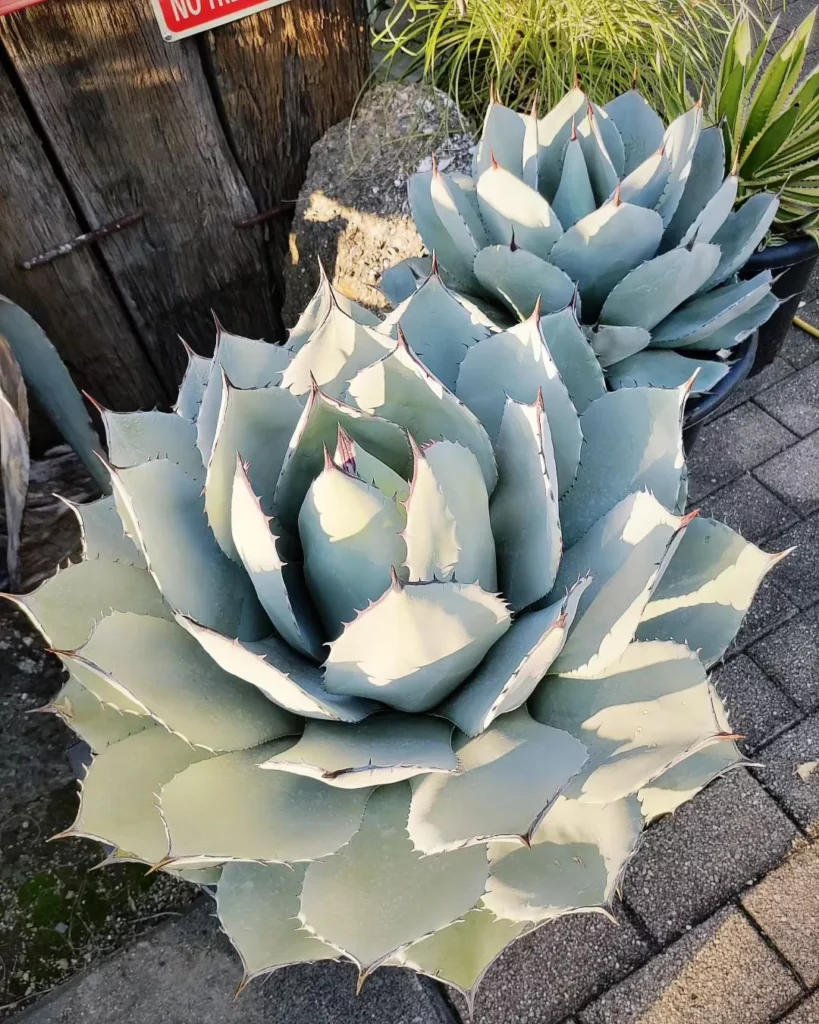
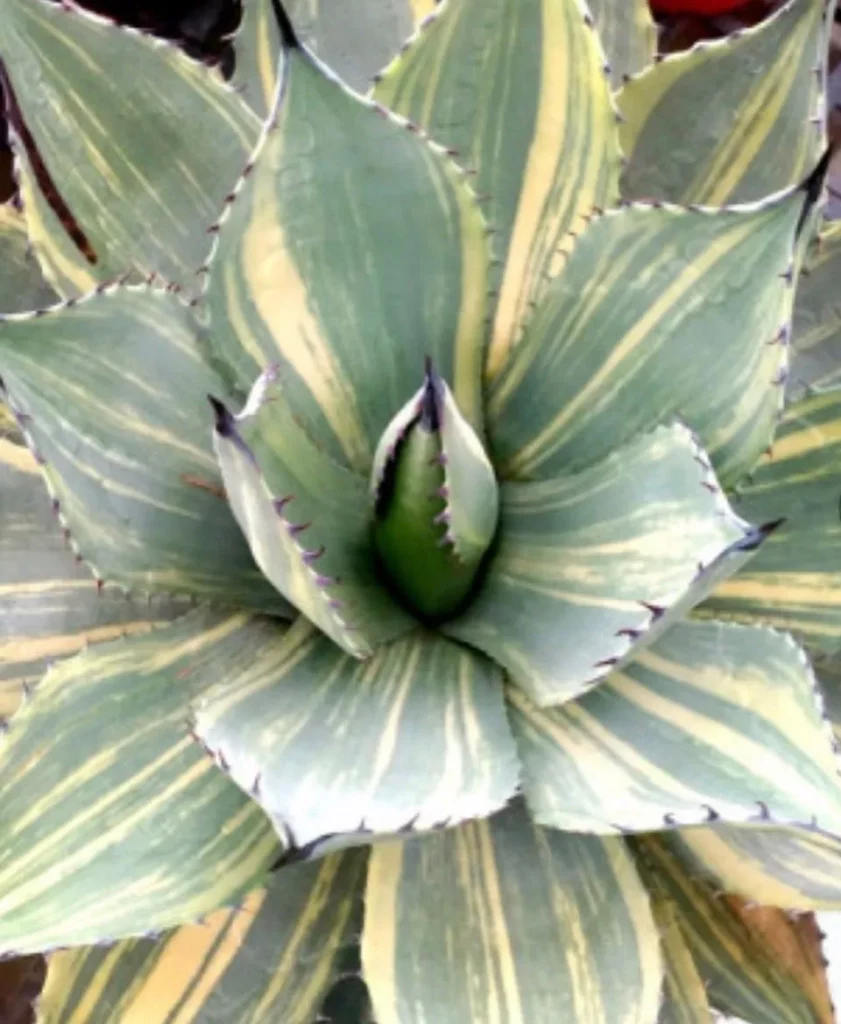
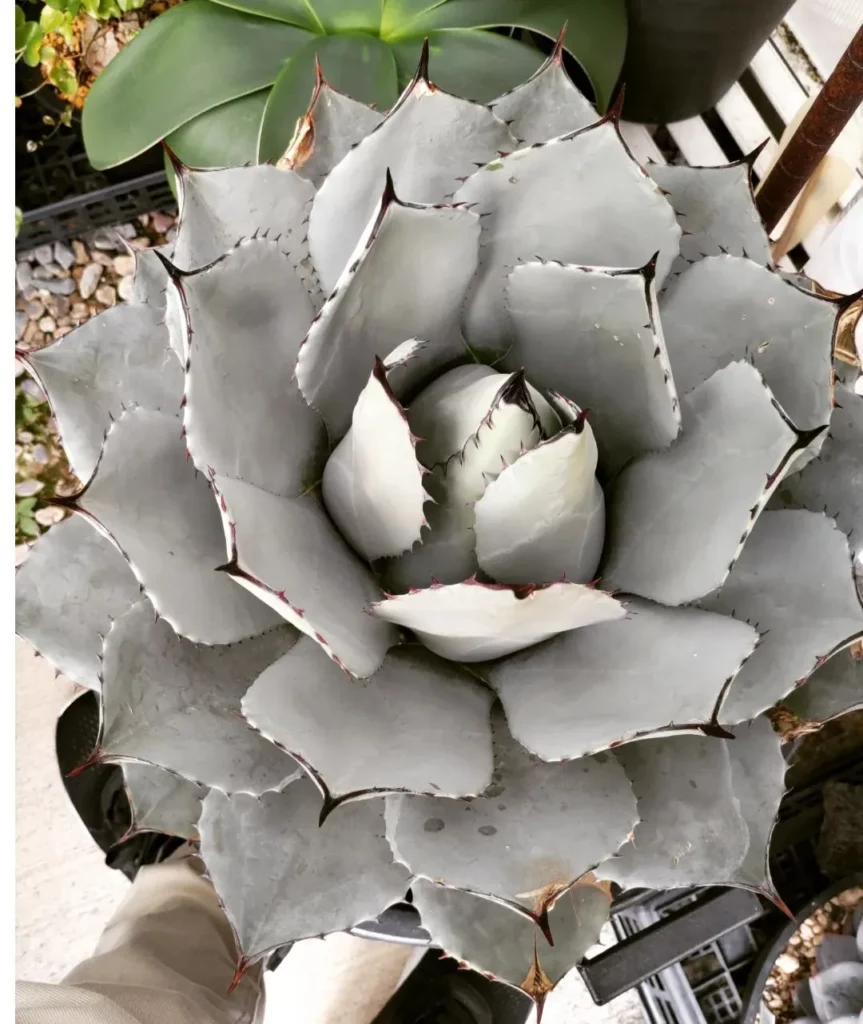
Mescal Pelon is a visually striking succulent with distinct features that make it a standout in any collection. Its narrow, glossy green leaves are the centerpiece of its appearance. These leaves have white toothless margins and are adorned with a reddish apical spine, adding an extra touch of elegance to the plant.
The leaves of Mescal Pelon are stiff, reaching up to 18 inches in length and 2 inches in width. They form a dense rosette that can grow to an impressive 3 feet in diameter. This rosette structure gives the plant a compact and organized look, making it a beautiful addition to any indoor or outdoor space.
During its flowering period, Mescal Pelon puts on a show with a tall flower spike. The flowers are deep reddish-purple and bell-shaped, adding a pop of color to the overall appearance of the plant. With its unique foliage and stunning blooms, Mescal Pelon is sure to capture the attention of any succulent enthusiast.
Light Requirements for Mescal Pelon
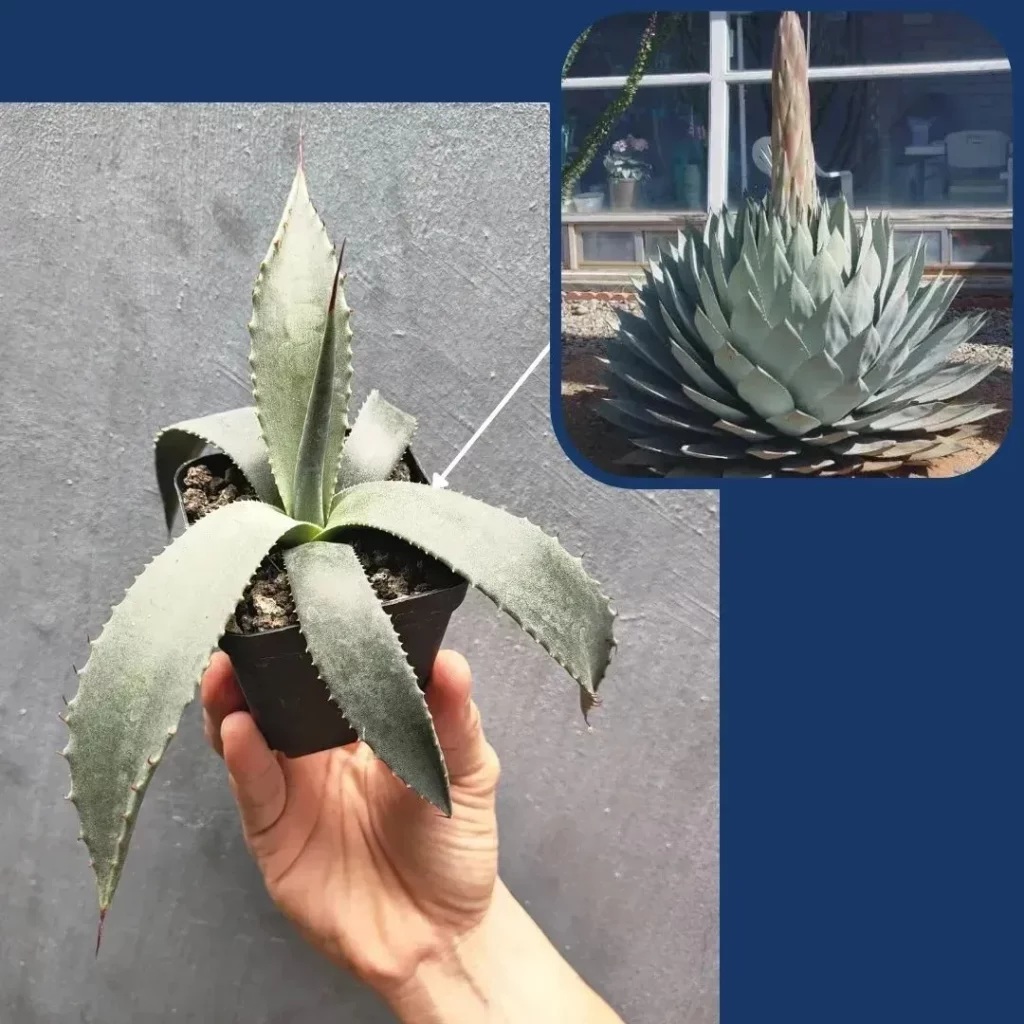
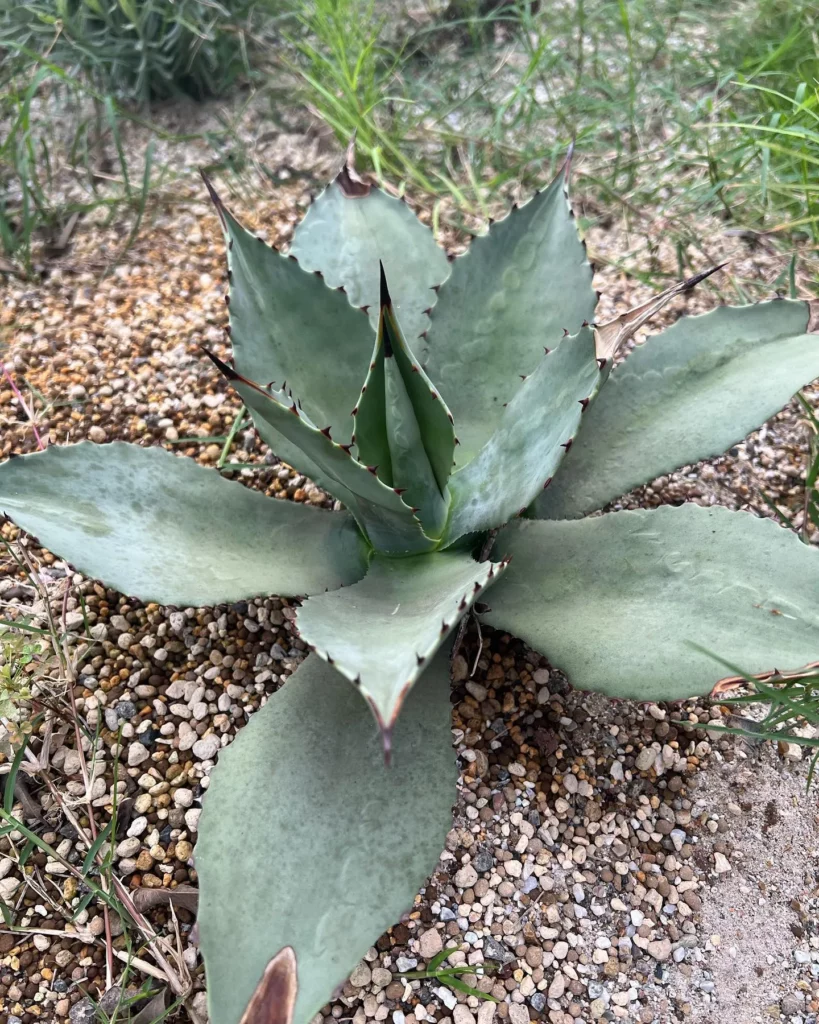
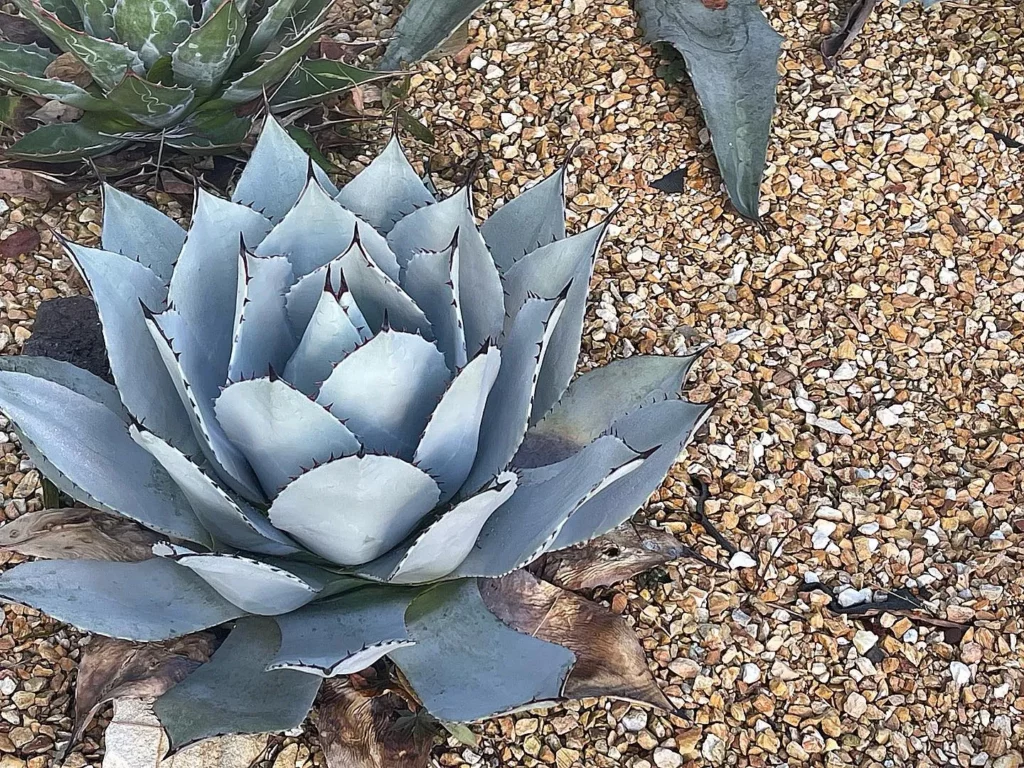
When it comes to light requirements, Mescal Pelon thrives in bright, indirect light. This means it does best in a spot where it receives plenty of sunlight, but not direct sunlight. Placing the plant near a south or west-facing window is ideal, as it allows for bright, indirect light throughout the day. Keep in mind that Mescal Pelon can tolerate some direct sunlight, especially in the morning or late afternoon, but prolonged exposure to intense sunlight can cause sunburn and damage the leaves.
If you’re growing Mescal Pelon indoors, it’s important to ensure it receives adequate light. Consider using artificial grow lights if you don’t have access to natural sunlight. A combination of cool white and warm white fluorescent lights can mimic the spectrum of natural light and provide the necessary brightness for the plant’s growth.
Watering Mescal Pelon
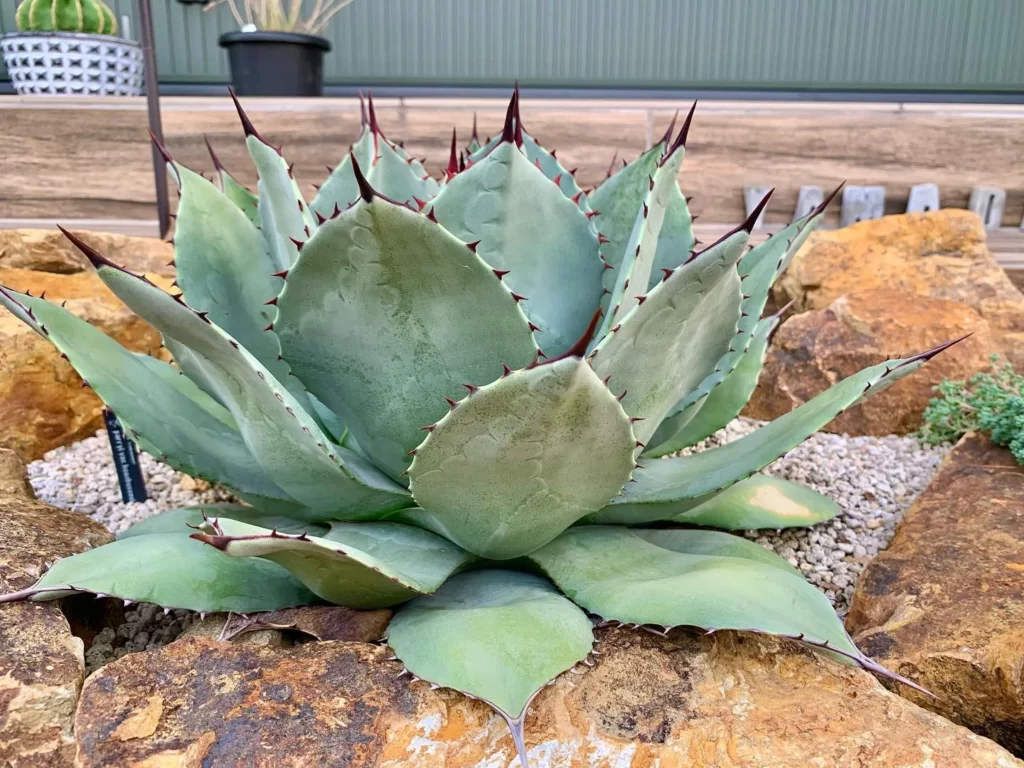
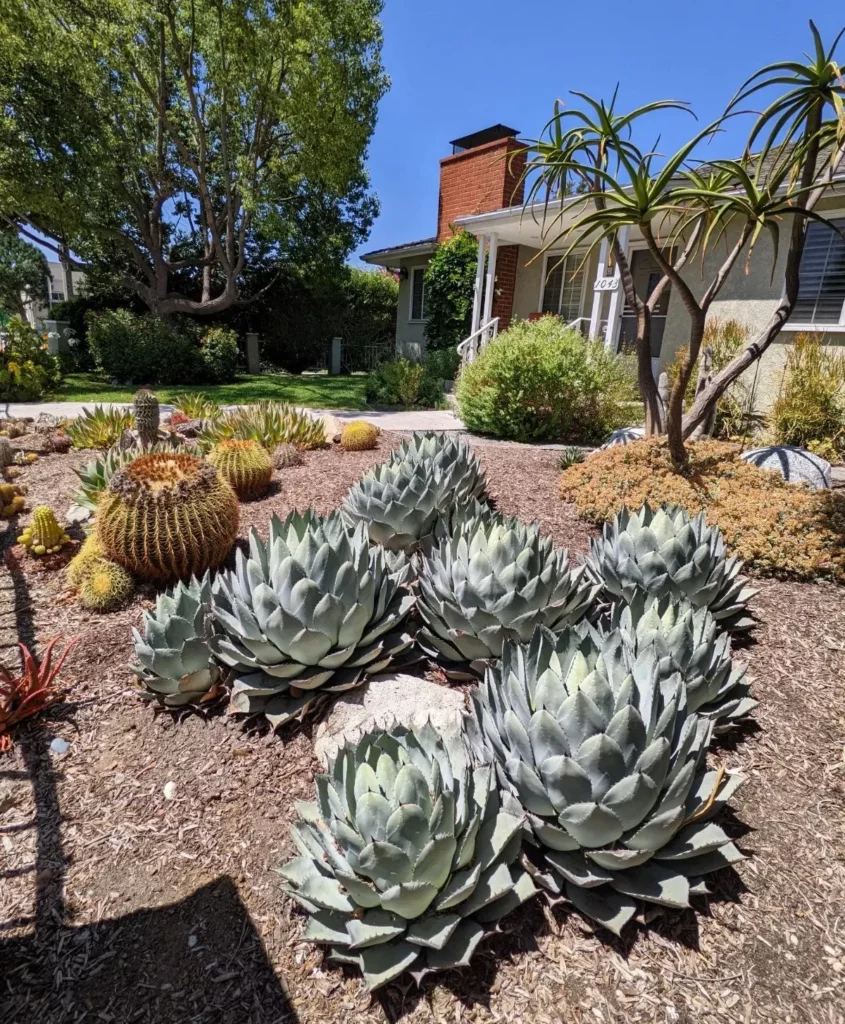
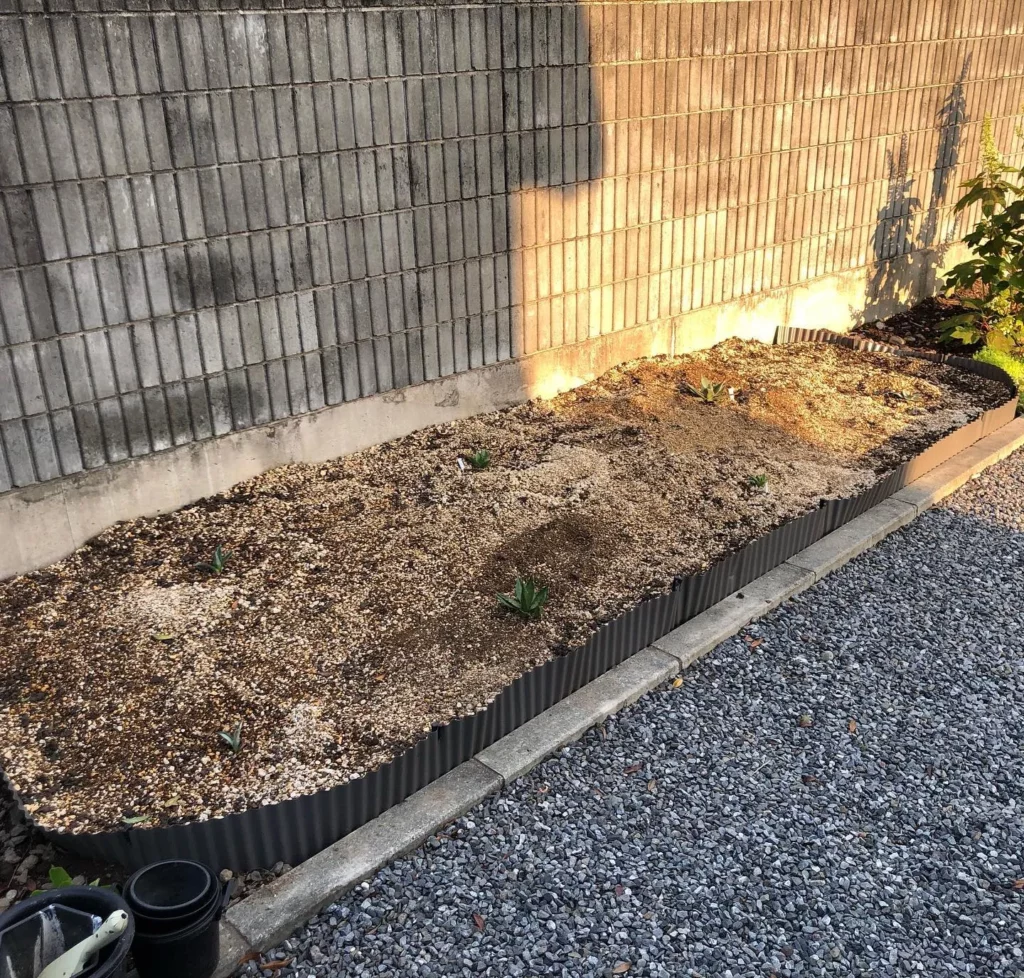
Mescal Pelon is a succulent plant that thrives in dry conditions and is drought-tolerant. When it comes to watering, less is more. Overwatering can lead to root rot and damage the plant, so it’s important to water sparingly. Allow the soil to dry out completely between waterings.
To determine if your Mescal Pelon needs water, simply stick your finger into the soil. If it feels dry up to your first knuckle, it’s time to water. When watering, make sure to thoroughly soak the soil. This encourages the plant’s roots to grow deeper, making it more resilient to drought conditions.
During the winter months, when Mescal Pelon is in its dormant period, reduce watering frequency even further. The plant requires less water during this time, as it is not actively growing. Be sure to adjust your watering schedule accordingly to avoid overwatering and waterlogged soil.
Tips for watering Mescal Pelon:
- Water sparingly and allow the soil to dry out completely between waterings.
- Stick your finger into the soil to check if it needs water. If it feels dry up to your first knuckle, it’s time to water.
- Thoroughly soak the soil when watering to encourage deep root growth.
- Reduce watering frequency during the plant’s winter dormant period.
Fertilizing Mescal Pelon
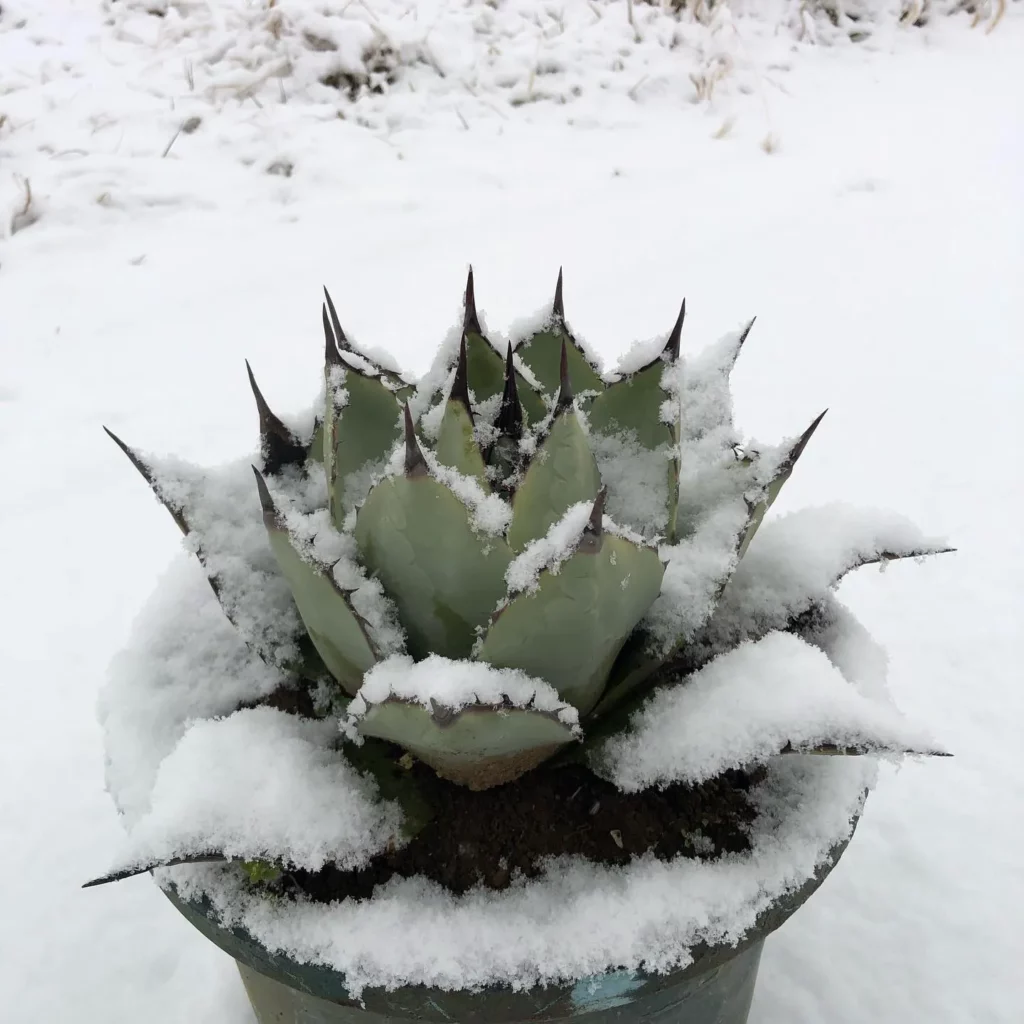
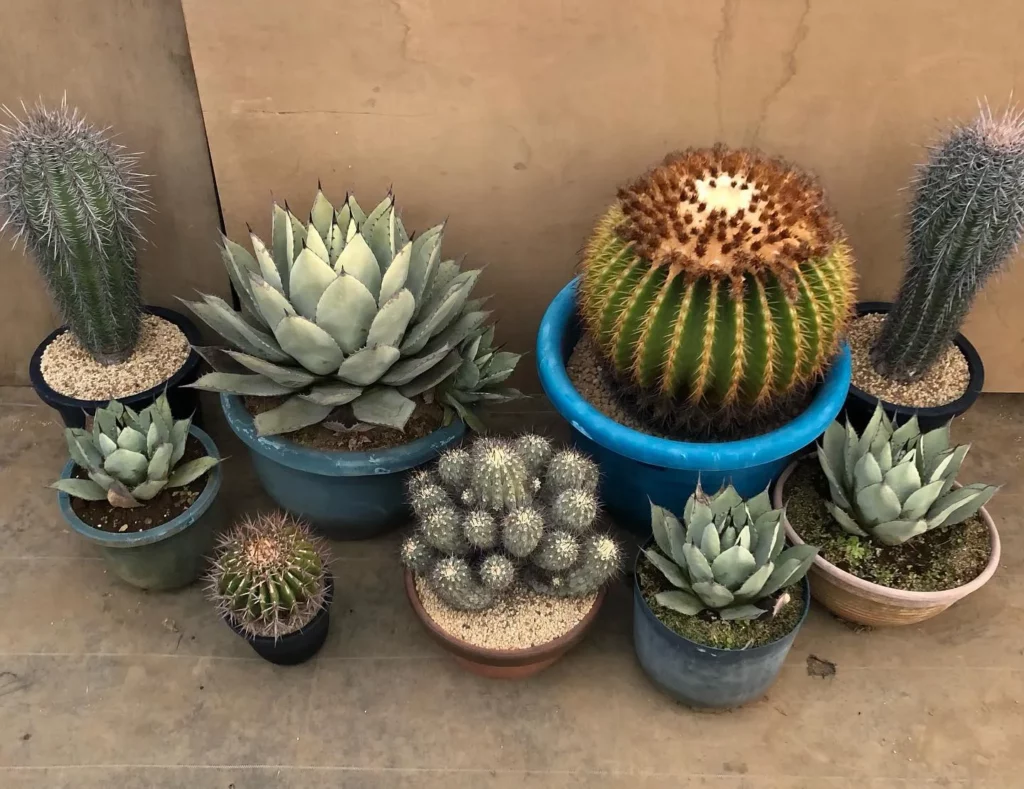
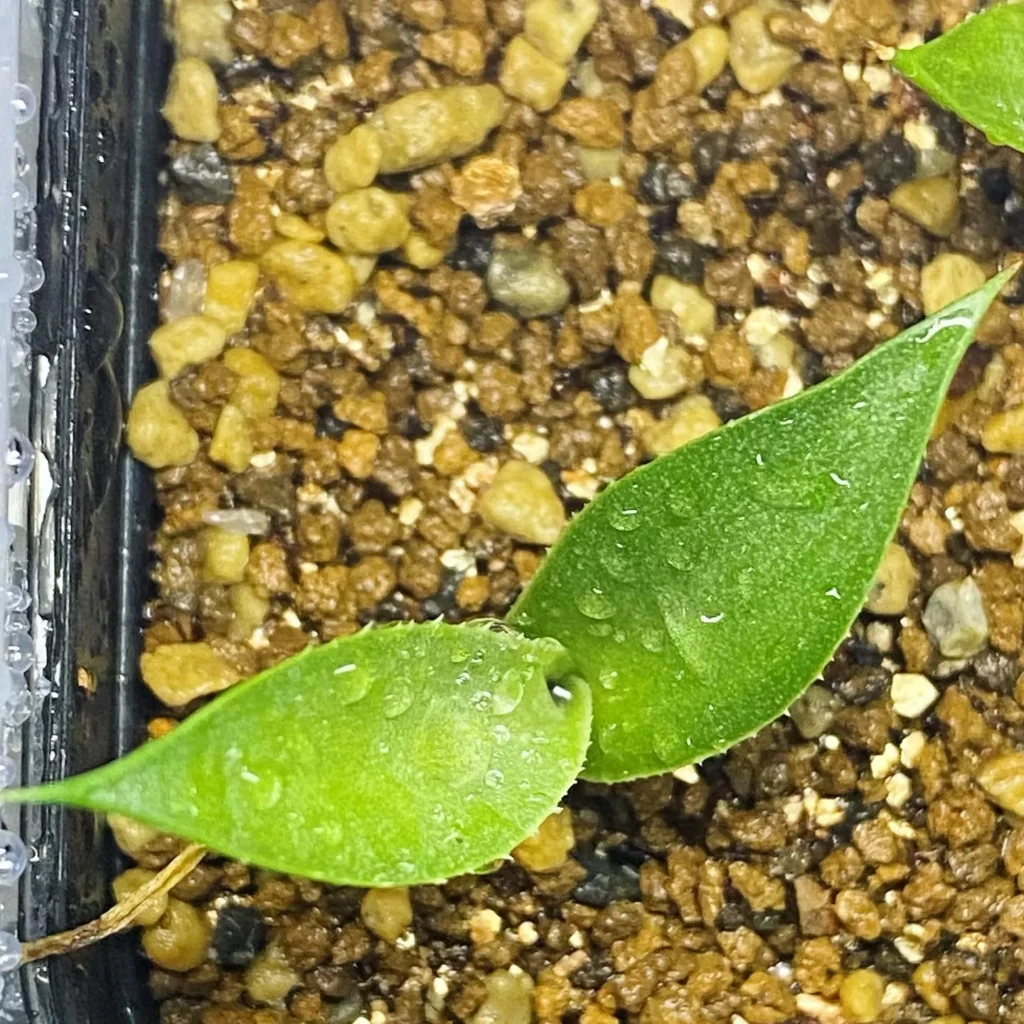
Mescal Pelon, like other succulents, does not require regular fertilization. However, providing a balanced, succulent-specific fertilizer during the growing season can promote healthy growth and enhance the plant’s overall appearance. Here are some tips for fertilizing your Mescal Pelon:
- Choose a succulent fertilizer: Look for a fertilizer specifically formulated for succulents and cacti. These fertilizers typically have the right balance of nutrients to support the growth and development of Mescal Pelon.
- Follow the instructions: Read and follow the manufacturer’s instructions for application rates and frequency. Overfertilizing can lead to fertilizer burn and damage the plant, so it’s important to apply the fertilizer correctly.
- Apply during the growing season: Fertilize your Mescal Pelon during the active growing season, which is typically spring to summer. This is when the plant is actively taking up nutrients and producing new growth.
- Water before fertilizing: Before applying fertilizer, make sure the soil is moist. This helps prevent the fertilizer from burning the plant’s roots and allows for better nutrient absorption.
Potting Mescal Pelon
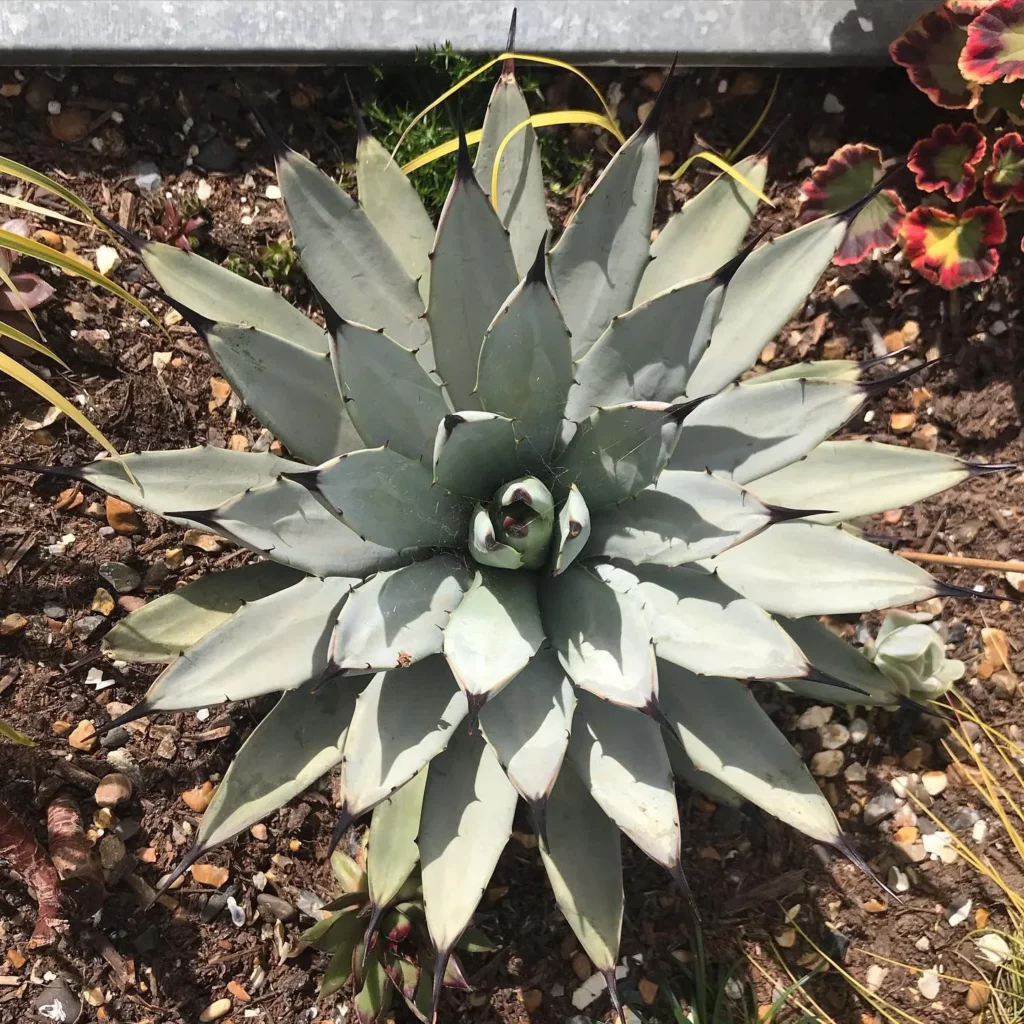
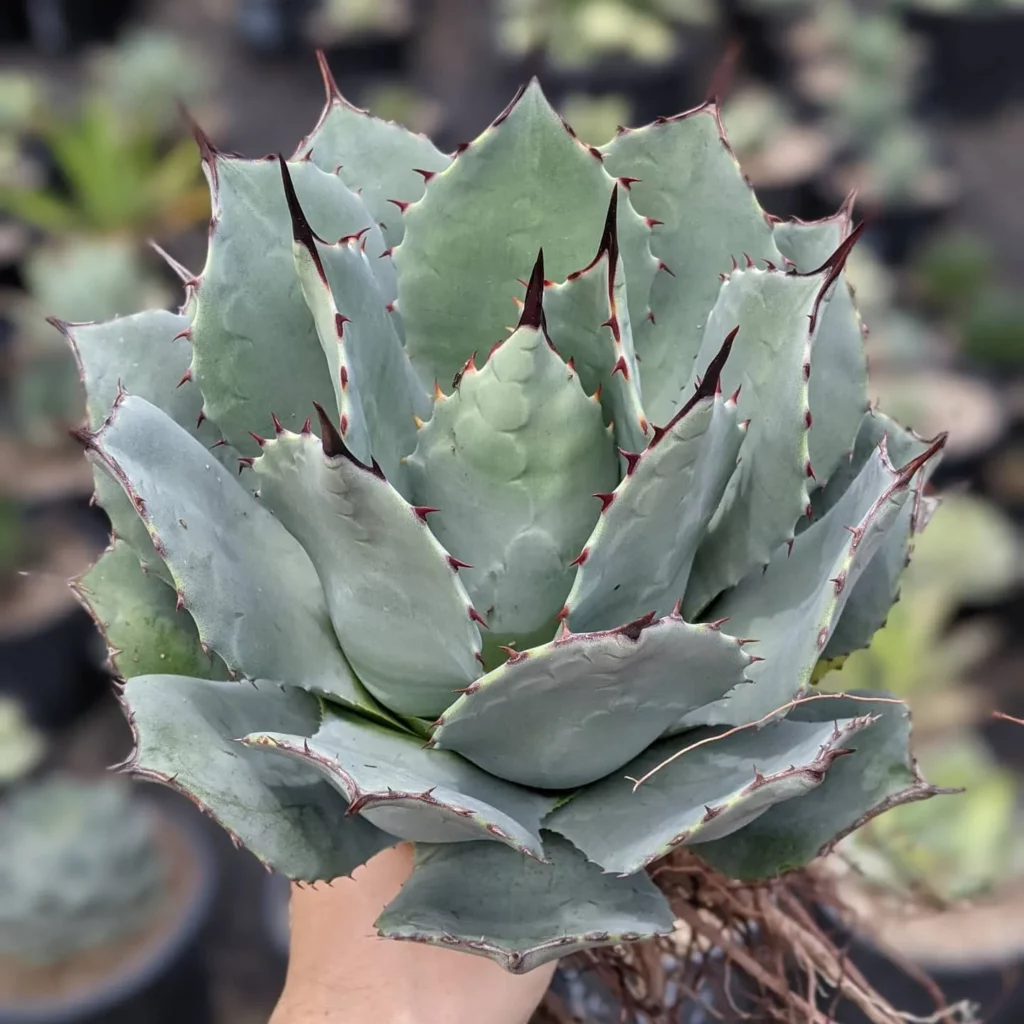
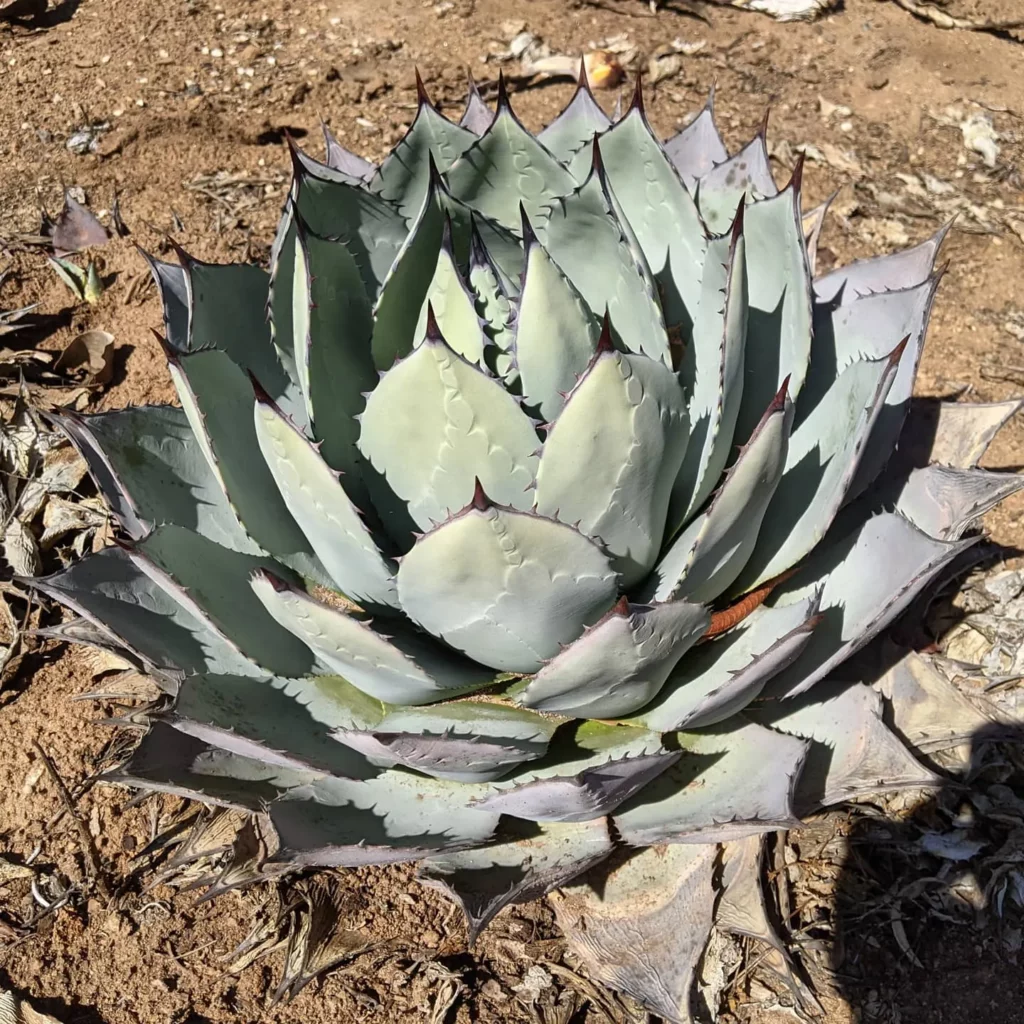
To ensure optimal growth and health for your Mescal Pelon, proper potting is essential. Here are some guidelines to follow:
Choosing the Right Soil and Pot
Mescal Pelon thrives in well-draining soil, such as a cactus or succulent mix. Avoid regular potting soil, as it retains too much moisture, which can lead to root rot. Select a pot with drainage holes to prevent waterlogged soil, as excess moisture can be detrimental to the plant’s health.
Repotting and Firm Anchoring
When repotting your Mescal Pelon, gently remove it from its current pot and refresh the soil with a new succulent-specific potting mix. Ensure that the plant is firmly anchored in its new pot, as this will provide stability and prevent it from tipping over. Avoid potting the Mescal Pelon too deep, as this can cause stem rot during the growing season.
Proper Pot Size
Choose a pot that allows the Mescal Pelon some room to grow, but not excessively large. A pot that is slightly larger than the plant’s current size will provide enough space for root development without overwhelming the plant. Keep in mind that Mescal Pelon prefers a snug pot, as too much space can retain excess moisture.
Propagation of Mescal Pelon

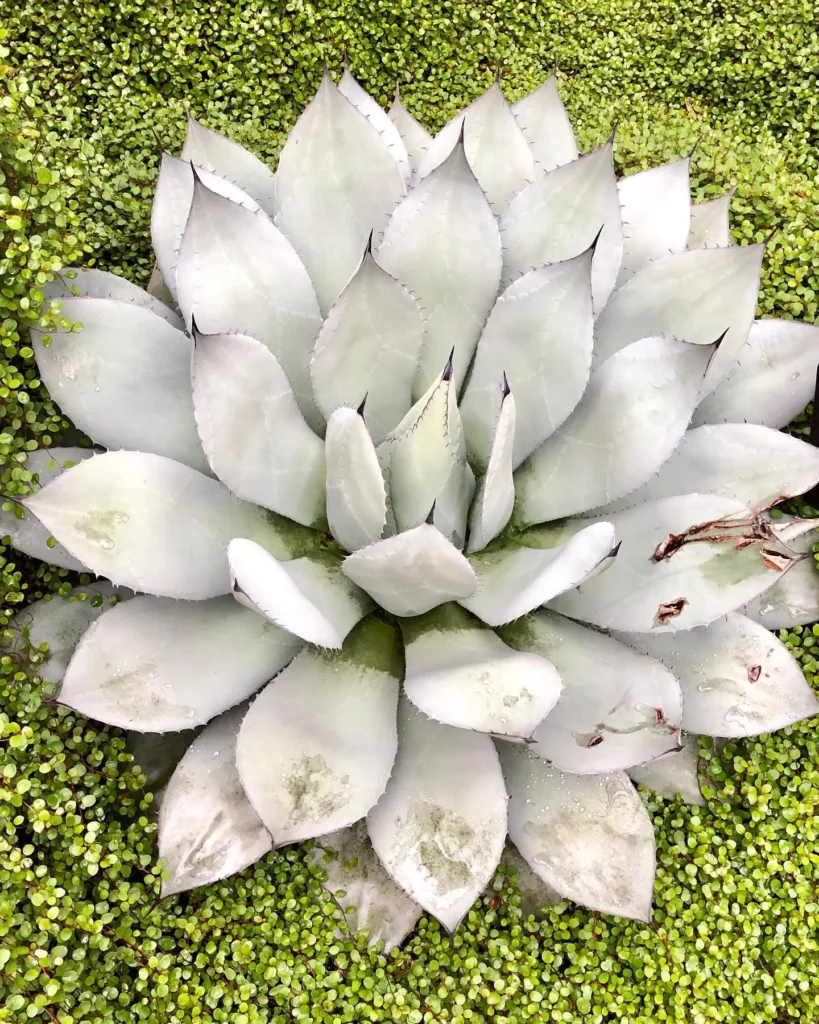

If you want to expand your collection of Mescal Pelon or share this beautiful succulent with others, propagation is a simple and rewarding process. The most common method of propagation is through offsets or “pups” that grow from the base of the mother plant.
Gathering and Preparing Offsets
To propagate Mescal Pelon, gently separate the offsets from the parent plant using a clean, sharp knife or scissors. Make sure to choose healthy offsets that have their own roots and are at least a few inches in size. Once you have the offsets, allow them to callus for a few days before planting. This process helps to prevent rot and ensures successful rooting.
Planting the Offsets
When planting the offsets, use well-draining soil specifically formulated for succulents. Fill a separate pot with the soil and make a small hole for each offset. Place the offset into the hole, ensuring that the roots are covered and the offset is stable. Water sparingly after planting and avoid overwatering to prevent rot. With proper care, the offsets will develop into new Mescal Pelon plants.
Growth and Development of Mescal Pelon
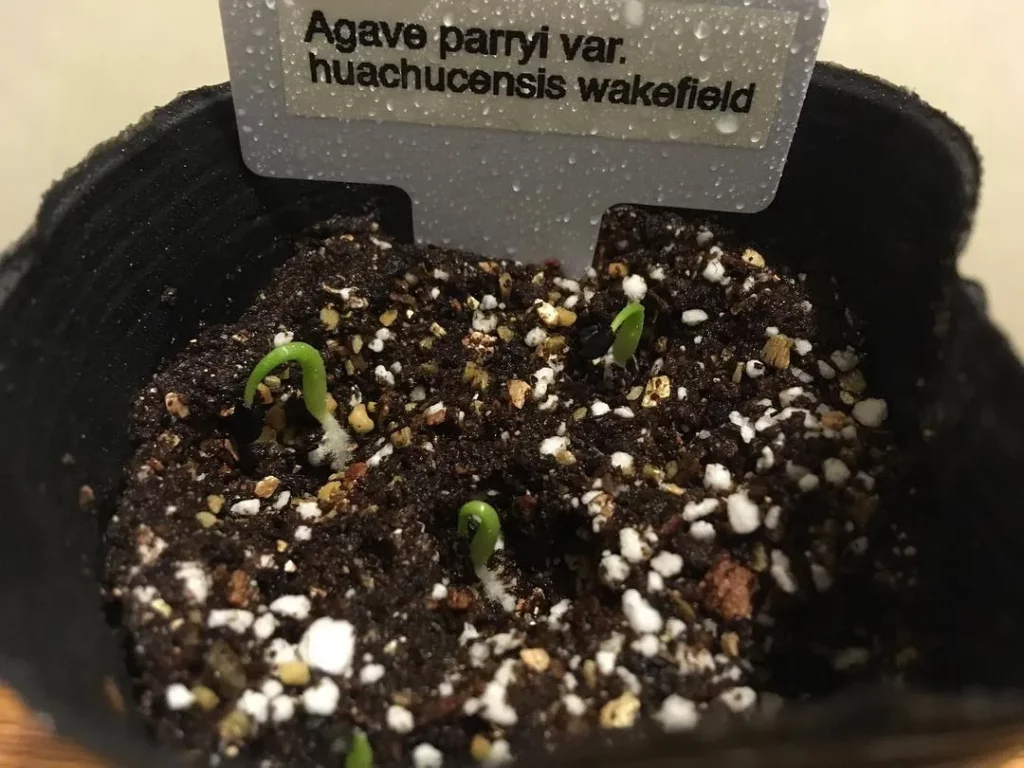
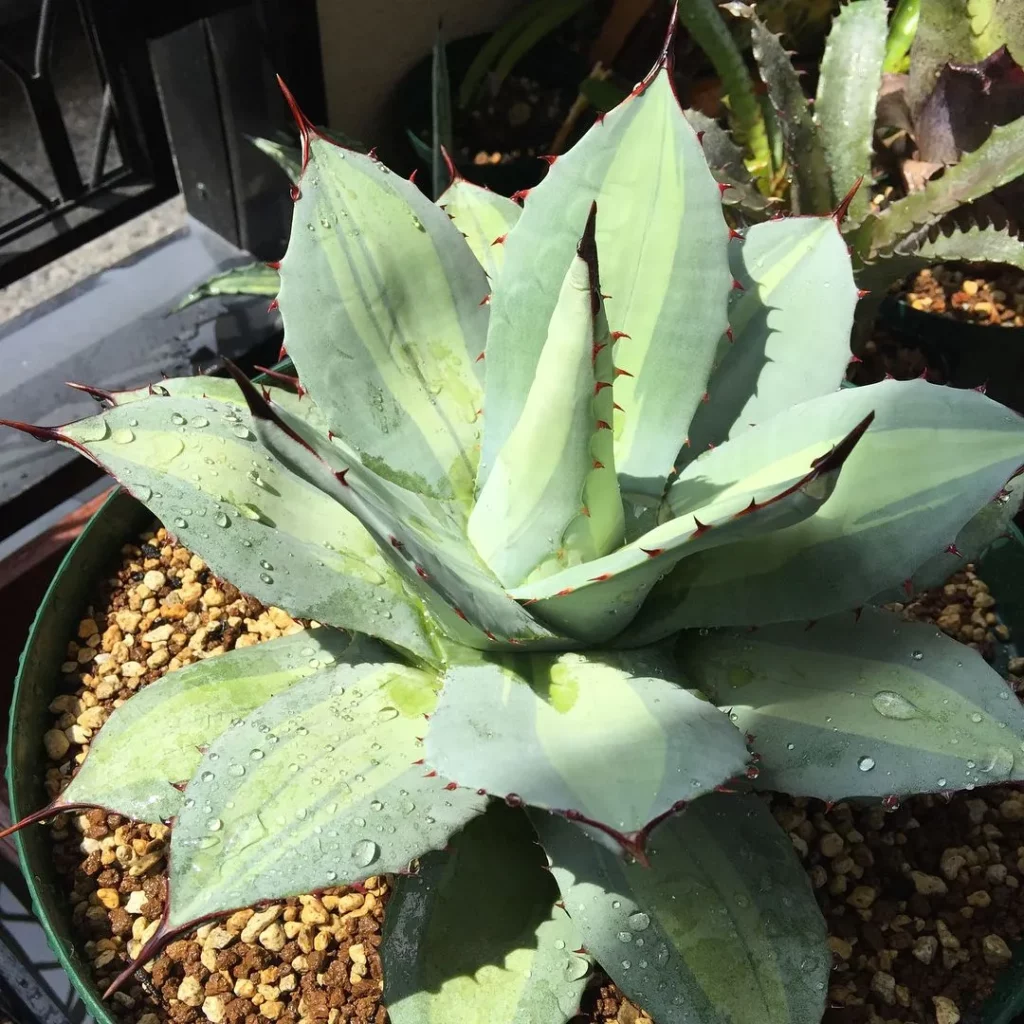
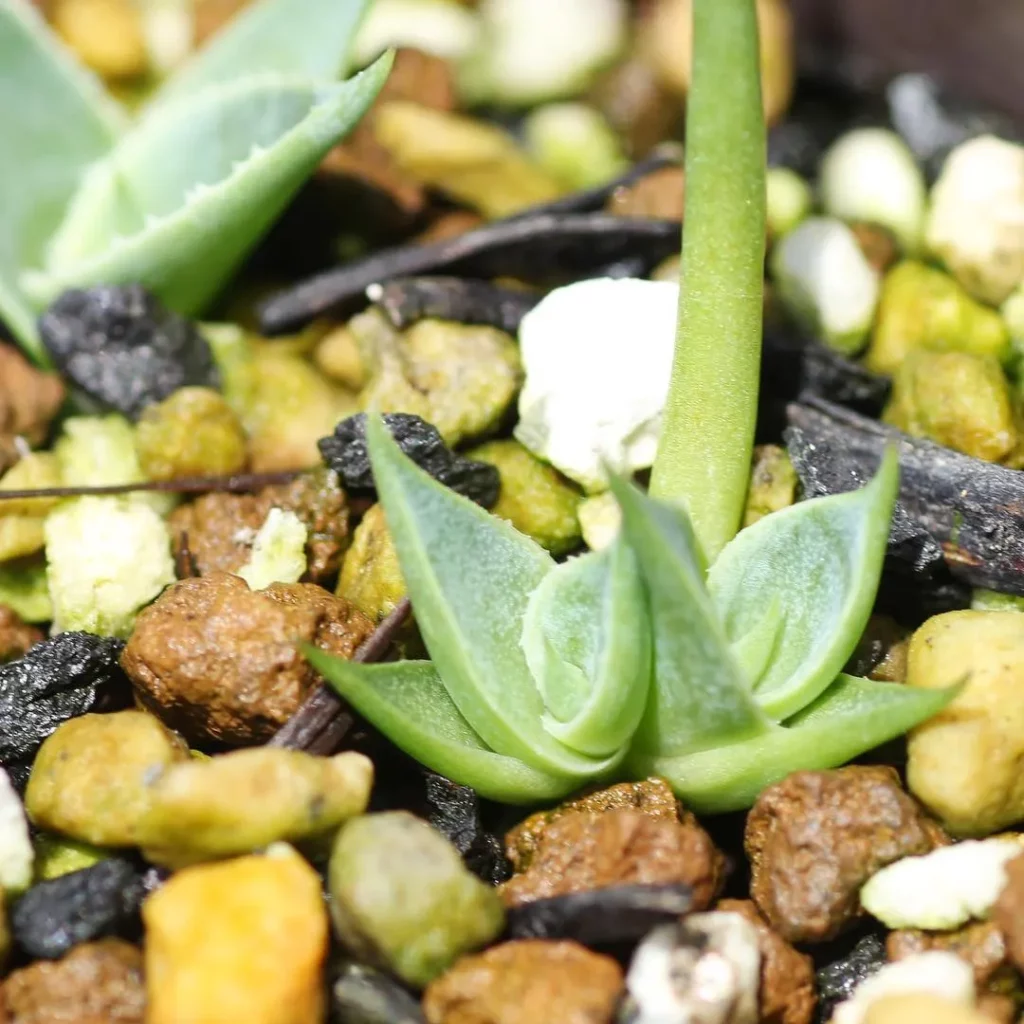
Mescal Pelon is a slow-growing succulent plant that gradually forms a dense rosette. It may take several years for the plant to reach its maximum size, which can span up to 3 feet in diameter. Patience is key when cultivating this unique plant, as its growth rate is relatively slow compared to other succulents. However, the wait is well worth it when you witness the beauty it brings to your space.
During the spring and summer months, Mescal Pelon undergoes a captivating transformation. It produces a tall flower spike adorned with striking deep reddish-purple bell-shaped flowers. This blooming period adds a burst of color and elegance to the overall appearance of the plant. It’s a sight to behold and a testament to the plant’s vitality under proper care.
Caring for a Maturing Mescal Pelon
- Continue to provide adequate bright, indirect light to support the plant’s growth and development.
- Maintain a watering routine that allows the soil to completely dry out between waterings, while still providing enough hydration for the plant.
- Consider fertilizing with a balanced succulent-specific fertilizer during the growing season to supplement the plant’s nutritional needs.
- Ensure the Mescal Pelon is appropriately potted in a well-draining soil mix to prevent waterlogged roots.
- Regularly monitor the plant for signs of pests or diseases and take appropriate action to prevent any potential damage.
Pests and Diseases of Mescal Pelon
Mescal Pelon is a relatively low-maintenance succulent that is generally resistant to pests and diseases. However, it is not completely immune and may occasionally face some issues. Here are a few common pests and diseases that can affect your Mescal Pelon:
Pests:
- Mealybugs: These tiny, white insects can infest the leaves and stems of your Mescal Pelon, sucking out sap and causing damage. To get rid of them, you can manually remove them with a cotton swab dipped in rubbing alcohol or use a natural insecticidal soap.
- Aphids: These small, soft-bodied insects can cluster on the new growth of your Mescal Pelon, causing distortion and yellowing of the leaves. You can spray them off with a strong stream of water or use neem oil as a natural insecticide.
Diseases:
- Root Rot: Overwatering and poor drainage can lead to root rot in Mescal Pelon. To prevent this, make sure to let the soil dry out completely between waterings and provide a well-draining potting mix.
- Fungal Diseases: Excessive moisture and high humidity can create favorable conditions for fungal diseases like powdery mildew or leaf spot. Avoid overhead watering and provide good air circulation to prevent these issues.
Conclusion
Remember to place your Mescal Pelon in an area with bright, indirect light, and avoid prolonged exposure to intense sunlight. Water sparingly, allowing the soil to completely dry out between waterings, and be cautious not to overwater. During the dormant period in winter, reduce watering frequency even further.
While Mescal Pelon does not require regular fertilization, you can provide a balanced, succulent-specific fertilizer during the growing season to promote healthy growth. Just be sure to follow the manufacturer’s instructions and avoid overfertilization. When potting, use a well-draining soil such as a cactus or succulent mix, and choose a pot with drainage holes to prevent waterlogged soil.
Overall, Mescal Pelon is a low-maintenance plant that can thrive for many years with proper care. Enjoy the beauty of its dense rosette and marvel at its striking deep reddish-purple bell-shaped flowers during the growing season. Whether you’re a beginner or an experienced plant lover, the Mescal Pelon is sure to be a delightful addition to your collection.
FAQ
How big does Mescal Pelon grow?
Mescal Pelon can grow up to 3 feet in diameter.
What color are the flowers of Mescal Pelon?
The flowers of Mescal Pelon are deep reddish-purple.
Where should I place Mescal Pelon to ensure proper light exposure?
Mescal Pelon thrives in bright, indirect light. Place it near a south or west-facing window for optimal light exposure.
How often should I water Mescal Pelon?
Water Mescal Pelon sparingly, allowing the soil to dry out completely between waterings.
Does Mescal Pelon require regular fertilization?
Mescal Pelon does not require regular fertilization, but you can use a balanced, succulent-specific fertilizer during the growing season if desired.
What type of soil should I use for potting Mescal Pelon?
Use a well-draining soil mix, such as a cactus or succulent mix, when potting Mescal Pelon.
How can I propagate Mescal Pelon?
Mescal Pelon can be propagated through offsets, also known as pups, that grow from the base of the plant.
How long does it take for Mescal Pelon to reach its maximum size?
It typically takes several years for Mescal Pelon to reach its maximum size of 3 feet in diameter.
Is Mescal Pelon prone to pests and diseases?
While generally resistant, Mescal Pelon can occasionally be susceptible to common succulent pests such as mealybugs and aphids. Overwatering can also lead to root rot and other fungal diseases.
What makes Mescal Pelon a great plant choice?
Mescal Pelon is a stunning succulent with unique appearance and minimal care requirements, making it a perfect plant for succulent enthusiasts of all levels.

